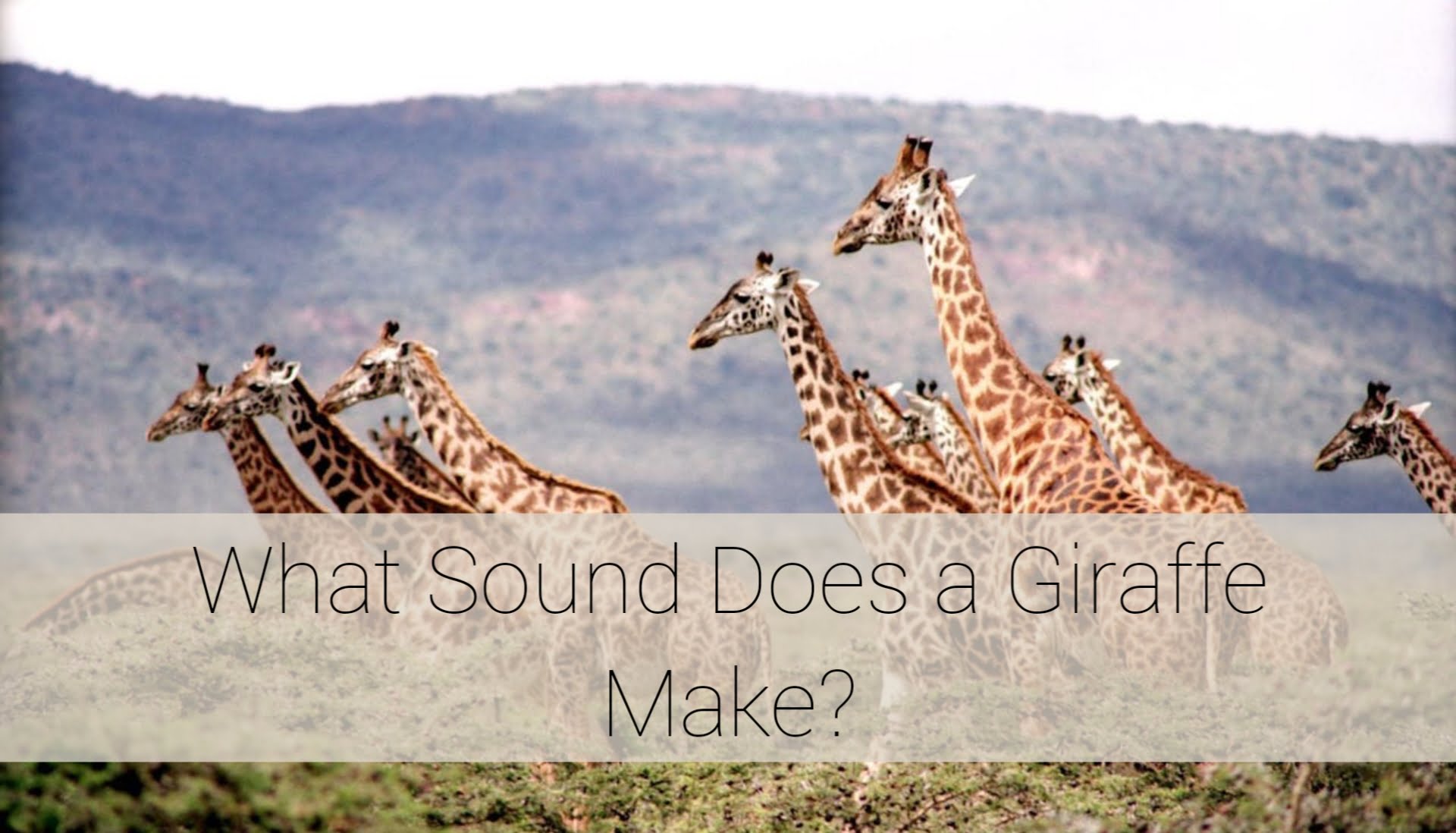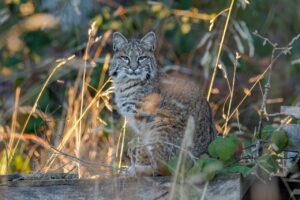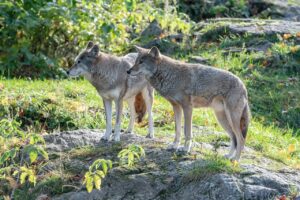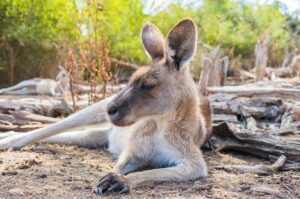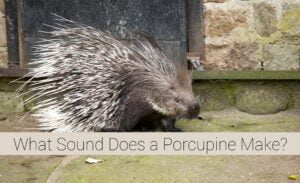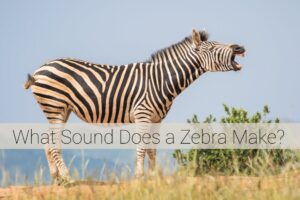If you love animals and traveling, you might have wondered what sound a giraffe makes since we rarely come across them.
Giraffes are one of the most fascinating creatures on the planet, and they thrive in many African countries. They can easily be classified as the tallest land animals due to their long necks and legs.
What sound does a giraffe make? Do they roar, moo, or neigh like other animals? Do they even make any noise at all? In this article, we will answer these questions about giraffe sounds.
How Do Giraffes Make Sound?
Giraffes are not silent animals, but they rarely make sounds. They have vocal cords, just like humans and other mammals. This means that it can produce sound, but with some challenges.
First, they have a very long and narrow windpipe, which makes it hard for them to push enough air through their vocal cords. Second, they have a relatively small lung capacity, which limits the amount of air they can breathe.

So, how do giraffes overcome these challenges? Well, they use different strategies to make sound.
What Sound Does a Giraffe Make?
Here are some of the sounds a giraffe makes:
Humming
This is the most common and surprising sound that giraffes make. A giraffe humming sound is described as a quiet, low-frequency sound that is still audible to humans.
They usually hum at night, when they are resting or sleeping. Scientists think that humming is a way for giraffes to communicate with each other in the dark or to keep in touch with their herd.
Snorting and grunting
These are loud and short sounds that giraffes make when they are scared, angry, or in danger. Snorting and grunting can also be used by males to show dominance or aggression during fights.
Hissing
This is a sharp and high-pitched sound that giraffes make when they are annoyed, threatened, or in pain. Hissing can also be used by females to discipline their calves or by males to warn off rivals.
Bellowing and whistling
These are long and loud sounds that giraffes make when they are excited, happy, or playful. Bellowing and whistling can also be used by females to call or locate their calves, or by males to attract or impress females.
Coughing and mooing
These are soft and low sounds that giraffes make when they are relaxed, curious, or friendly. Coughing and mooing can also be used by calves to communicate with their mothers.
Listen to Giraffe Sounds
The video below contains some if the giraffe sounds mentioned in this article.

As you can see, giraffes have a variety of sounds that they use for different purposes. But they don’t use them very often because they have other ways of communicating.

How Do Giraffes Communicate?
Giraffes are not very vocal animals because they rely more on visual and chemical signals to communicate. They have excellent eyesight, and they can see far away thanks to their height.
They also have a keen sense of smell, and they can detect the scent of other giraffes from their urine, feces, saliva, or skin. Here are some of the ways that giraffes communicate without sound:
Body language
Giraffes use their body parts, such as their neck, head, ears, tail, and legs, to express their emotions, intentions, or status.
For example, they can raise or lower their neck to show dominance or submission, tilt or shake their head to show curiosity or annoyance, flick or wag their tail to show excitement or irritation, and stamp or kick their feet to show anger or fear.
Facial expressions
Giraffes use their facial features, such as their eyes, mouth, nose, and tongue, to convey their feelings, desires, or needs.
For example, they can widen or narrow their eyes to show surprise or alertness, open or close their mouth to show happiness or sadness, flare or twitch their nostrils to show interest or disgust, and stick out or curl their tongue to show hunger or thirst.
Color and pattern
Giraffes use their coat color and pattern to identify and distinguish themselves from other giraffes. Each giraffe has a unique and distinctive pattern of spots, which can vary in shape, size, color, and distribution.
The spots can also change over time, depending on the age, gender, and health of the giraffe. Scientists think that the spots help giraffes to camouflage, thermoregulate, and socialize.
How Can You See and Hear Giraffes in the Wild?
If you are interested in seeing and hearing giraffes in the wild, you have many options to choose from. You can go on a safari, a tour, a volunteer program, or a research project.
Since giraffes are one of the most popular and iconic animals that you can see in Africa, they are found in countries such as Kenya, Tanzania, South Africa, Namibia, Botswana, and more.
You can see them by visiting a national park, a wildlife reserve, or a sanctuary in one of the countries where they inhabit.
Conclusion
In this article, we have learned what sound a giraffe makes and other useful information you need to know about the way that they communicate.
Giraffes make a humming sound in the dark, a snorting sound when they are scared, and a bellowing sound when they are excited. Other giraffe sounds are hissing, coughing and mooing.

Hi, I’m Louis Ojibe, and I grew up around wildlife in Africa. I have always been fascinated by animals and nature across the world.
As a child, my parents used to take me to see wild animals like lions, elephants, gorillas, tortoises, and many others at our local zoo.

